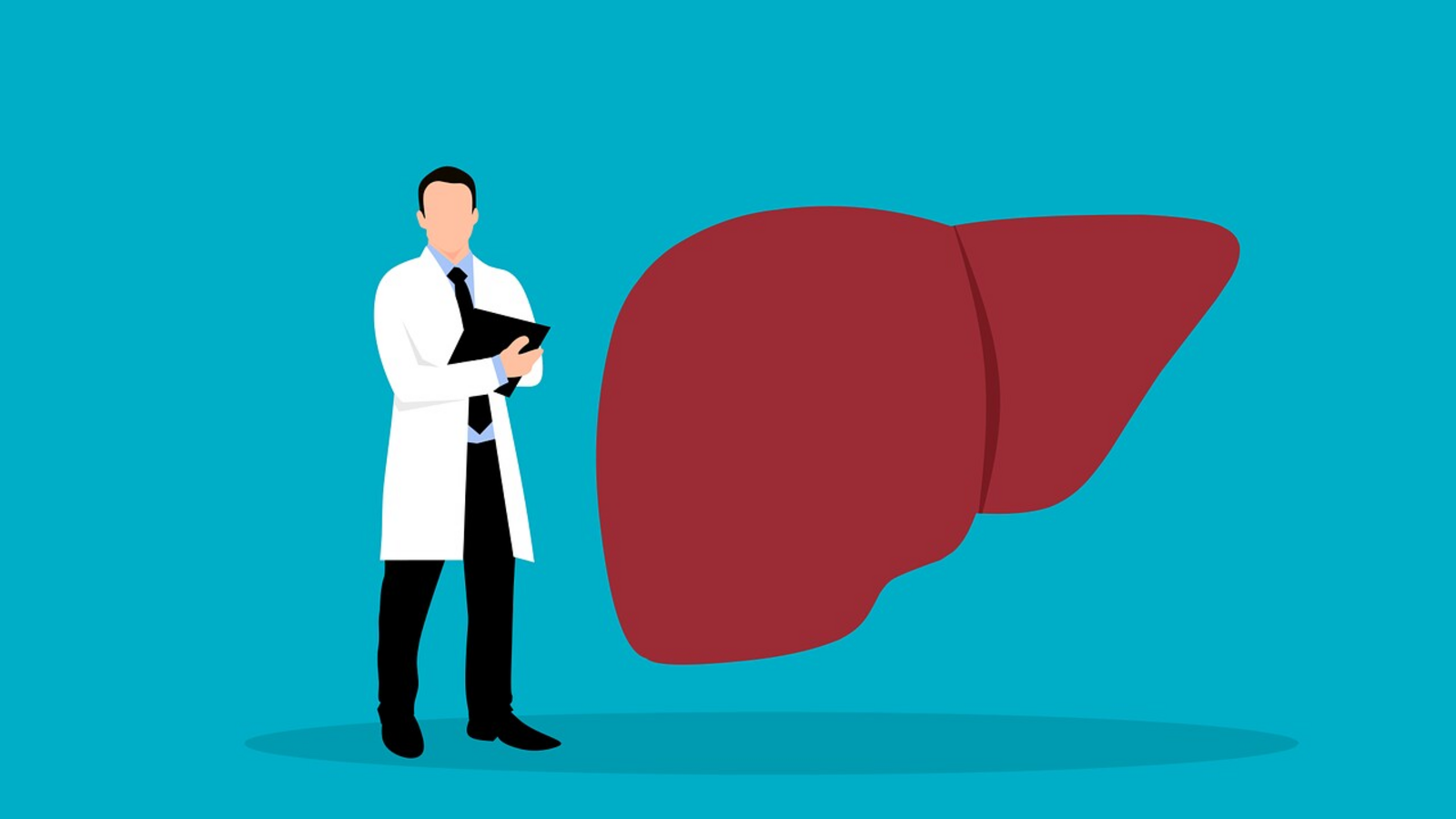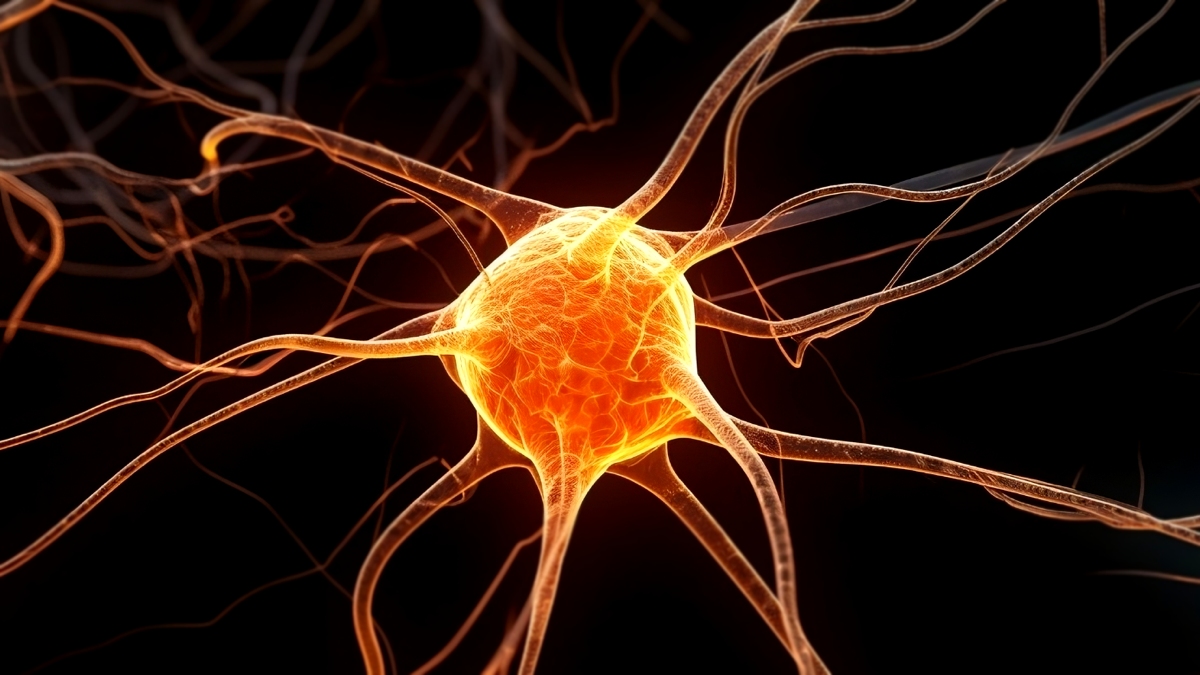Super-resolution microscopes have revealed a whole new type of connection between neurons in mouse and human brains.
In the lab, Johns Hopkins University neuroscientist Minhyeok Chang and colleagues identified tiny tubular bridges in the branching tips of cultured neurons. In further tests on mouse models of Alzheimer’s disease, it appeared the bridges were shuttling calcium and disease-related molecules directly between cells.
“[Similar] structures can transport a vast range of materials, from small ions (10−10m) to large mitochondria (10−6 m),” the team writes in their paper.
“In cultured neurons, we observed these nanotubes forming dynamically and confirmed that they possessed a distinct internal structure, setting them apart from other neuronal extensions.”
Related: Scientists Identified Structural, Brain-Wide Changes During Menstruation
Neurons are well known for passing rapid messages to each other using synapses to transmit both electrical and chemical information. Yet, other cell types are known to use physically connecting bridging tubes to exchange molecules. Chang and team have just confirmed that a similar type of tube bridge occurs in neurons too, using advanced imaging and machine learning.
The researchers observed the nanotubes transporting amyloid-beta molecules that they had injected into mouse brain cells. These molecules have been implicated in neurodegenerative diseases like Alzheimer’s, where they tend to clump together abnormally.
When researchers stopped the bridges from forming, the amyloid-beta stopped spreading between cells, too, confirming that the nanotubes acted as direct conduits.
“Our computational model supported these findings, predicting that overactivation in the nanotube network could accelerate the toxic accumulation of amyloid in specific neurons, thereby providing a mechanistic link between nanotube alterations and the progression of Alzheimer’s pathology,” the researchers explain.
This is very early on in the investigation process; given that the tubes are such a new discovery, we still don’t know what they naturally transport or even how often they form or function within the whole human brain.
But these tubes malfunctioning could also contribute to other diseases, so researchers are keen to learn more about the miniature bridges.
This research was published in Science.
First Appeared on
Source link












